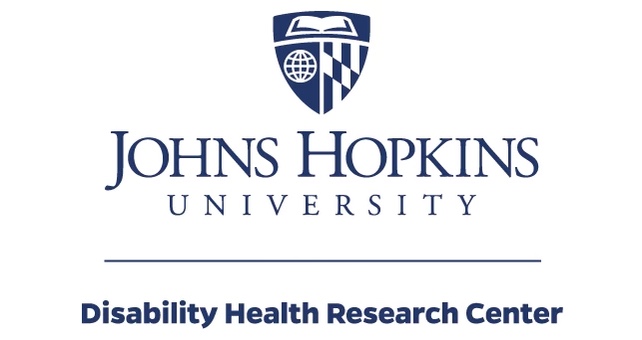This dashboard was created as a partnership between the Johns Hopkins Disability Health Research Center and the Center for Dignity in Healthcare for People with Disabilities as a starting point for understanding how the disability community is prioritized in COVID-19 vaccine distribution and intends to help people with disabilities determine when they qualify for a COVID-19 vaccine in their state.
This tool tracks vaccine prioritization plans across five categories for the 50 US states, 5 US territories, and the District of Columbia:
- Long-term care settings, such as nursing homes
- Other types of congregate care settings, including group homes
- People with chronic conditions
- Additional disability-related groups, including three main groups: (1) people with disabilities who receive direct support care in the community, (2) people with intellectual or developmental disabilities, or (3) recipients of certain Medicaid programs
- Caregivers of people with disabilities living at home, including both paid and unpaid caregivers
Table 1. COVID-19 Vaccine Prioritization for People with Disabilities Dashboard (As of 4/21/2021)
This project has now ended. Please contact us at [email protected] if you are interested in obtaining the related information, or opportunities to support additional analyses and sharing of these data.
This table was updated weekly from February 16, 2021 to April 21, 2021. As of April 19, 2021, all states, territories, and DC opened vaccine eligibility to everyone ages 16 and up.
Methods
People with disabilities can fall into any vaccine prioritization category—including healthcare providers, teachers, older adults, etc. This dashboard includes these five categories, which include many members of the disability community, to provide a centralized resource on varying vaccine prioritization. Data on vaccine prioritization of these five groups is collected from state or territory health department websites by scanning for keywords such as chronic conditions, congregate care, group homes, long-term care, and developmental disabilities. The most up-to-date information available is abstracted and recorded, and each week a random sample of 10 states or territories undergo double data abstraction and data entry for quality control. Sources for these data are shown in Table 1.
Considerations
Because COVID-19 vaccine prioritization is rapidly evolving, some states or territories may no longer be in the phase noted in Table 1 or may have adjusted their vaccination plan since publication. Additionally, these data are limited to vaccine prioritization data published on publicly government webpages and do not include data from other sources, including meeting minutes or media coverage. Please note that the language in the table is taken from the states’ websites, so in some cases, it may not be language preferred by the disability community.
To find the most current information on whether you qualify for the vaccine in your state or jurisdiction, consult your local health department and your provider.
Accessibility
If an alternate format is more accessible to you, here is the Google Sheets spreadsheet of the above data. You can also download the above data in an Excel, CSV, or PDF format.
If you have questions or need the data in an alternate accessible format, you can contact our team at [email protected].


